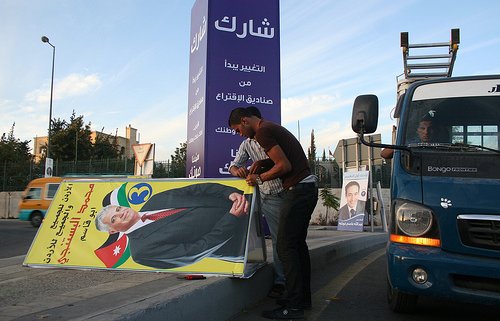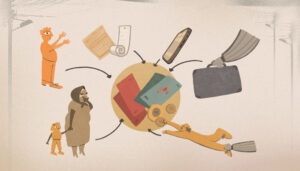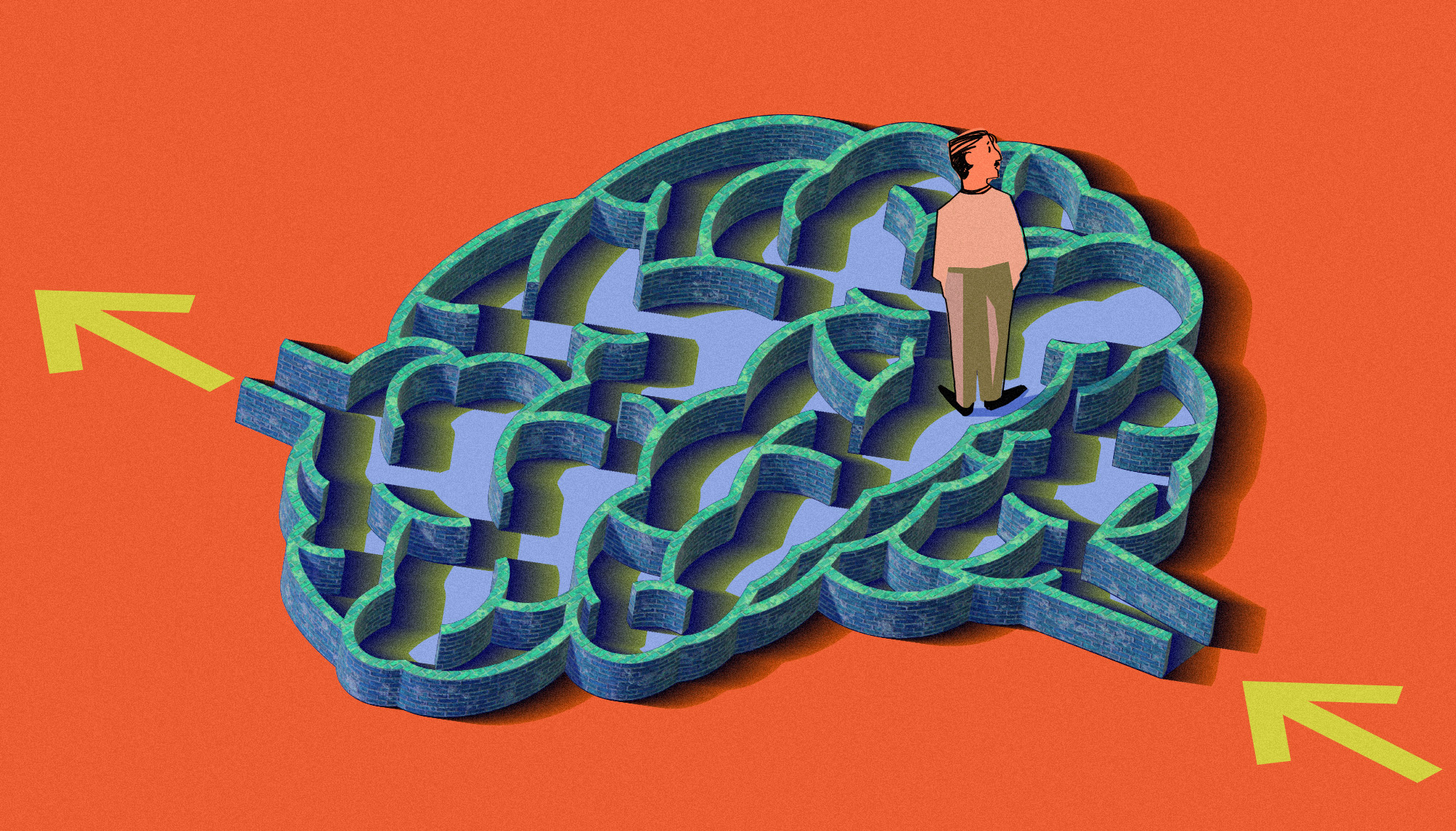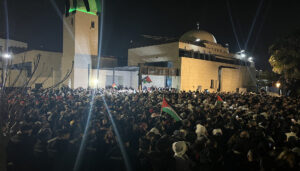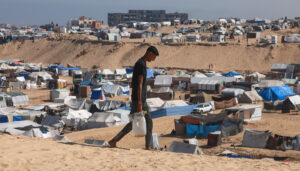By Ala’ Alrababa’h
Jordan’s post-1989 parliamentary experience has not been a success. In the 1989 elections, we used the Block Vote system. Under this system, each voter could vote for as many candidates as there were seats allocated to the district. The main problem with that system is that it produces a parliament in which seats may not accurately reflect voter preferences. For example, with fewer than 20% of the votes, Muslim Brotherhood candidates were able to win approximately 30% of the seats.
In 1993, a new system was introduced: The single non-transferable vote (SNTV), wrongly referred to in Jordan as the one-man-one-vote. According to the internationally agreed upon definition, one-man-one-vote means that each MP represents roughly the same number of citizens. In Jordan, there is an inequality in representation among the different governorates. As the DRI/UJRC report of 2007 states: “there are nine times as many voters per parliamentary seat in Amman’s second district as there are in the 6th district of Karak.”
The electoral system introduced in 1993, and used until 2010, the single non-transferable vote (SNTV), is not unique to Jordan. It was used in Japan until 1995. At present, only Jordan, Afghanistan and Vanuatu use it. This system forces members of the same party or coalition to run against each other within the same district. Instead of voting on political programs, Jordanians were encouraged by SNTV to vote on the basis of family and relationship. The result was a parliament in which it was every man for himself. This prevented the parliament from being able to influence policy. Democracy would be better served by a parliament where coherent groups debate and collaborate to affect policy and promote change.
The introduction of the virtual sub-districts in the 2010 elections made matters worse. Under this system, each district was divided into non-geographic sub-districts equal to the number of seats allocated for the district. Voters no more knew who their favorite candidate was running against, or in which sub-district. This introduced more corruption and bribes into the elections.
The National Dialogue Committee has done the country an enormous service by proposing the adoption of an open-list proportional representation (OLPR). The proposed change would encourage common programs and coalitions among candidates, and has the potential to produce a party-based parliament that would push policies in a specific direction, reflecting the wishes of voters.
Despite its advantages, the proposed law has some serious drawbacks. First, Amman and Irbid would continue to be under-represented. In Amman, one MP would represent more than 65 thousand people, and in Irbid, one MP would represent more than 85 thousand people. In the remaining governorates, one MP would represent somewhere between 20 and 45 thousand people.
A second problem is the complexity, and sometimes the inefficiency of the system. Jordanians would be switching from SNTV, a very simple system, to OLPR, a more complicated one. The complexity of the latter is compounded by the fact that voters would have two votes, one cast for national-level list and the other for governorate-level list. To make things even more convoluted, none of the twelve governorates and the three Badeyeh regions can have more than one of the fifteen seats decided by the national-level vote. This could theoretically lead to a candidate winning tens of thousands of votes and yet being passed over in favor of a candidate with very few votes.
Jordan faces some serious dilemmas as it seeks to transition to democracy. One such dilemma is that we need to have a powerful parliament that truly represents people’s demands before that parliament is given the responsibility of directing governmental policy. The problem is that it is hard to form a powerful parliament so long as it does not have the responsibility of impacting government policy in a significant way.
In other words, we need a few well-established parties before we give them the responsibility of forming a government. But those parties will not become mature, because they have no incentive to if they are not given the responsibility in the first place.
The second dilemma is that the current uprisings and uncertainty in the region demand very quick change towards a democratically elected parliament, a parliament that is based on coalitions among members who have common goals and programs that represent the true demands of Jordanians. The dilemma will be that if we quickly choose a parliament based on coalitions and common programs, it will represent the demands of those who are already the most organized, rather than the true demands of Jordanians.
The last major problem is suggested by the question: Does Jordan have the political institutions required to establish a genuine democracy? In his classic comparative politics book, Political Order in Changing Societies, Samuel Huntington argues that violence and instability in a country are “in large part the product of rapid social change and the rapid mobilization of new groups into politics coupled with the slow development of political institutions.” He defines institutions as: “stable, valued, recurring patterns of behavior.” Do we currently have the institutions to accommodate democracy? I would argue that we don’t. I am not saying that democracy does not fit our country, or that we should not have it. What I am saying is that we need to keep focused on developing our institutions through our transition to democracy.
This article does not paint a pretty picture of the upcoming period. Nevertheless, we need to be honest with ourselves, and to have an open debate about what lies ahead. None of the problems I mentioned above is unsolvable, but we need to find solutions. Jordanians are lucky to be one of the very few Arab peoples who have a legitimate and popular regime. This means that we can lead a democratic transition that is both safe and stable. We do need to work hard, but it is achievable.
*Photo by Mahmoud Zuaiter – November 2010.
